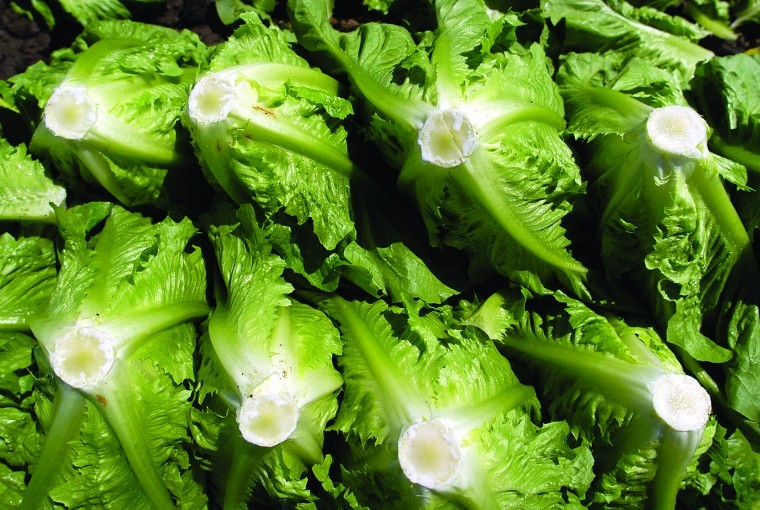Bucking a statewide trend, pesticide use in San Benito County declined in 2010 – the most recent year for which statistics are available – apparently due to the mix of vegetables that were grown.
Just fewer than 700,000 pounds of pesticide were applied to local crops in 2010, down from approximately 802,000 pounds the year before, according to the California Department of Pesticide Regulation. That ranked San Benito 32nd out of 58 counties in total pesticide use. The county ranked 31st in 2009.
Fresno County applied 30 million pounds of pesticide in 2010, the most in the state and an increase of 9 percent from the previous year. A wet winter and cool spring increased the use of chemicals to fight weeds and mildew among two of the region’s largest crops: cotton and grapes, according to Fresno County Agricultural Commissioner Carol Hafner.
San Benito County Agricultural Commissioner Ron Ross said pesticide use varies each year due to weather, pest problems and the types of crops that are grown.
“In San Benito County, most of the acreage is dedicated to vegetable crops,” he said. “Since specialty crops are constantly changing, it can be expected that pesticide use can be higher or lower year-to-year depending on the type of crops that are grown.”
The decline in 2010, he said, is likely attributable to a mix of vegetables that didn’t require as much pesticide as other crops.
“The agricultural acreage is pretty much the same it has been the last couple of years,” Ross said. “It’s that the changing mix of crops grown will sometimes require that fewer pesticide need to be used.”
Locally, wine grapes, tomatoes and peppers received the highest amount of pesticides, with sulfur – a natural fungicide used to control mildew – the most commonly applied. As in previous years, sulfur was the most highly used pesticide in California both in pounds applied and acres treated.
In terms of acres treated in San Benito County, wine grapes, processing tomatoes, leaf lettuce, peppers and onions topped the list. More than 363,000 acres in all were treated with pesticides in the county.
Statewide, more than 173 million pounds of pesticides were applied in 2010, an increase of 9.5 percent from 2009. The increase ended a four-year run of declining pesticide use.
“The winter and spring of 2009 and 2010 were relatively cool and wet, which probably resulted in greater fungicide use to control mildew and other diseases,” said Chris Reardon, chief deputy director of the state department of pesticide regulation. “Summer and fall temperatures were also below average, which led to late harvests, more insect damage to some crops and additional treatments.”
The highest amount of pesticide use occurred in the San Joaquin Valley. The top five counties in order of most pounds of pesticide applied in 2010 were Fresno, Kern, Tulare, San Joaquin and Madera. Pesticides with the greatest increase in pounds applied included 1,3-dichloropropene, a fumigant whose use went up by 2.4 million pounds – or 37 percent. It is used on strawberries, almonds, sweet potatoes, carrots and table and raisin grapes. The fumigant is an alternative to methyl bromide, which is being phased out under an international treaty to protect the ozone layer.
Major crops that showed an overall increase in pounds of pesticides applied over the previous year included wine grapes, carrots, cotton, almonds and grapes.
McClatchy Newswire contributed to this report.










